Home decor can reveal a lot about one’s personality, and certain choices might suggest a touch of narcissism.
Let’s explore decor elements that might hint at a self-obsessed taste.
1. Expensive Art Collections
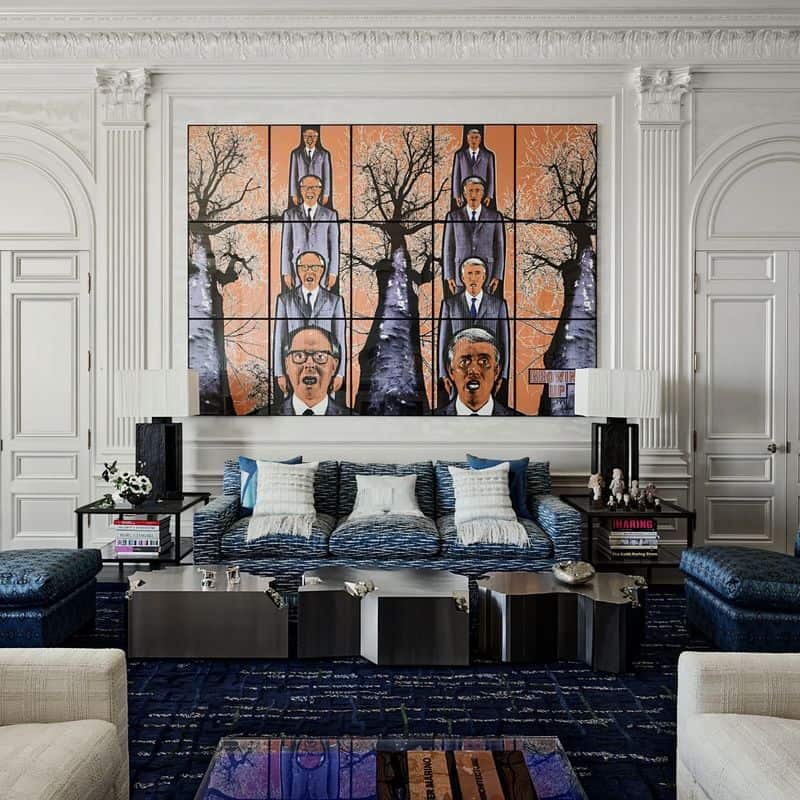
Displaying an art collection that rivals a museum can be impressive but also somewhat intimidating.
Art lovers may appreciate the beauty, yet the underlying motive may lean towards flaunting wealth.
Each piece tells a story, but when clustered together in abundance, they narrate the tale of someone who prioritizes prestige over comfort. Art should inspire, not intimidate.
Selecting pieces that resonate on a personal level and curating a balanced collection can enhance both style and serenity in your home.
2. Expansive Walk-In Closet
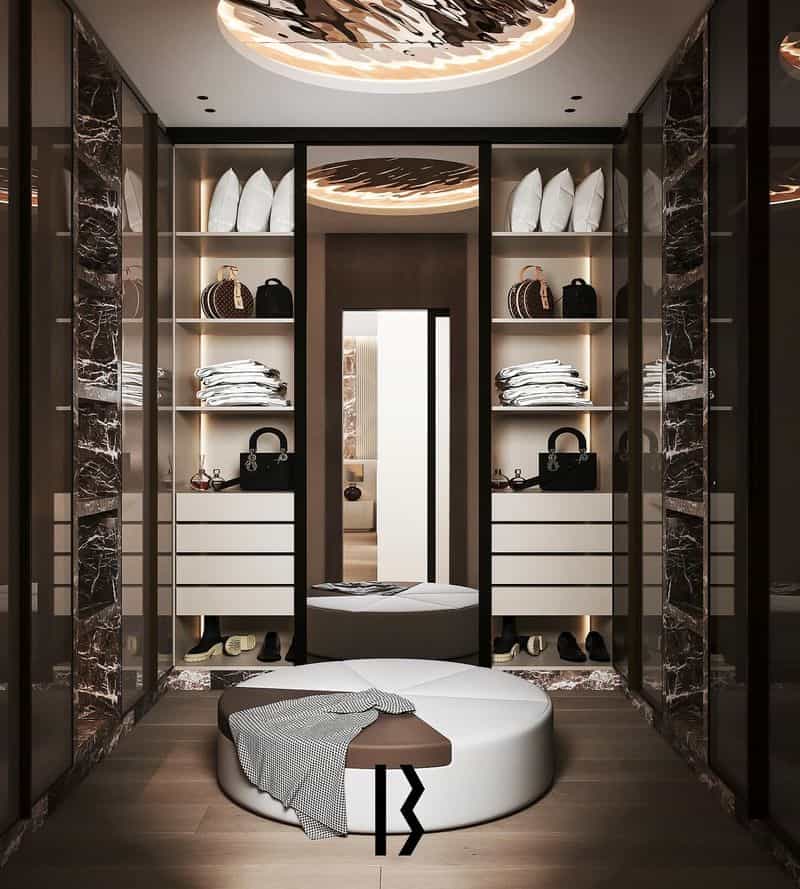
A walk-in closet is a dream for many, but when it’s vast and filled with designer brands, it might suggest more than just a love for fashion.
Such a display can indicate a desire to be seen as fashionable and superior, potentially pointing to narcissistic traits.
Consider showcasing favorite pieces while keeping the overall presentation understated.
This approach highlights personal style without overwhelming, maintaining a sense of luxury without appearing ostentatious.
3. Lavish Chandeliers
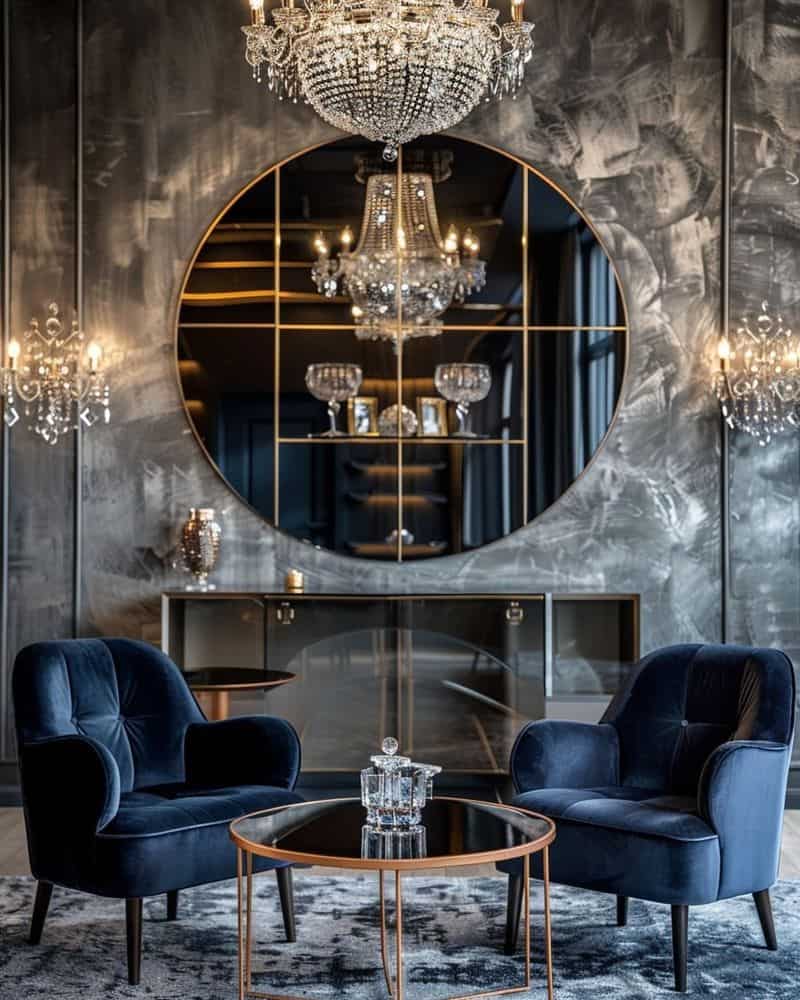
Chandeliers can be a stunning focal point, but when they dominate the decor, it might indicate a need for attention.
Huge, intricate chandeliers suggest opulence, but in excess, they can overshadow other design elements.
Choosing a chandelier that complements rather than commands the space can enhance elegance.
A well-chosen light fixture can add charm without appearing to boast about one’s luxury taste, blending seamlessly with the overall decor theme.
4. High-End Technology Display
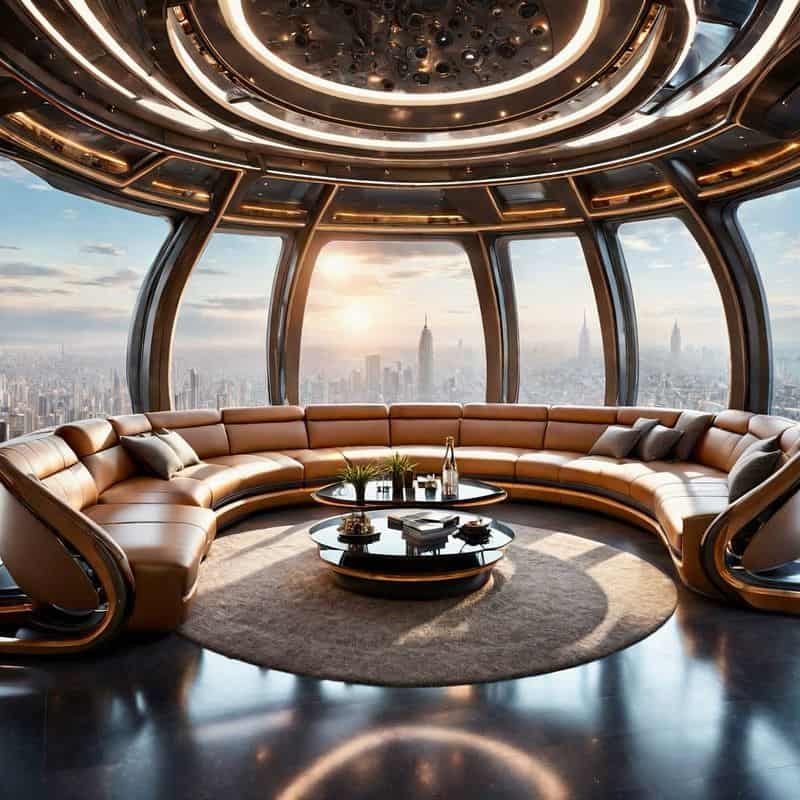
A tech-savvy home is impressive, but dedicating spaces specifically to showcase the latest gadgets may suggest a need to impress.
While cutting-edge technology adds convenience, overt displays can shift focus from comfort to competition.
Integrate technology subtly, making it part of the decor rather than the main attraction.
This method emphasizes functionality and style, ensuring your home feels welcoming and not just a showroom for the latest tech trends.
5. Mirrored Walls
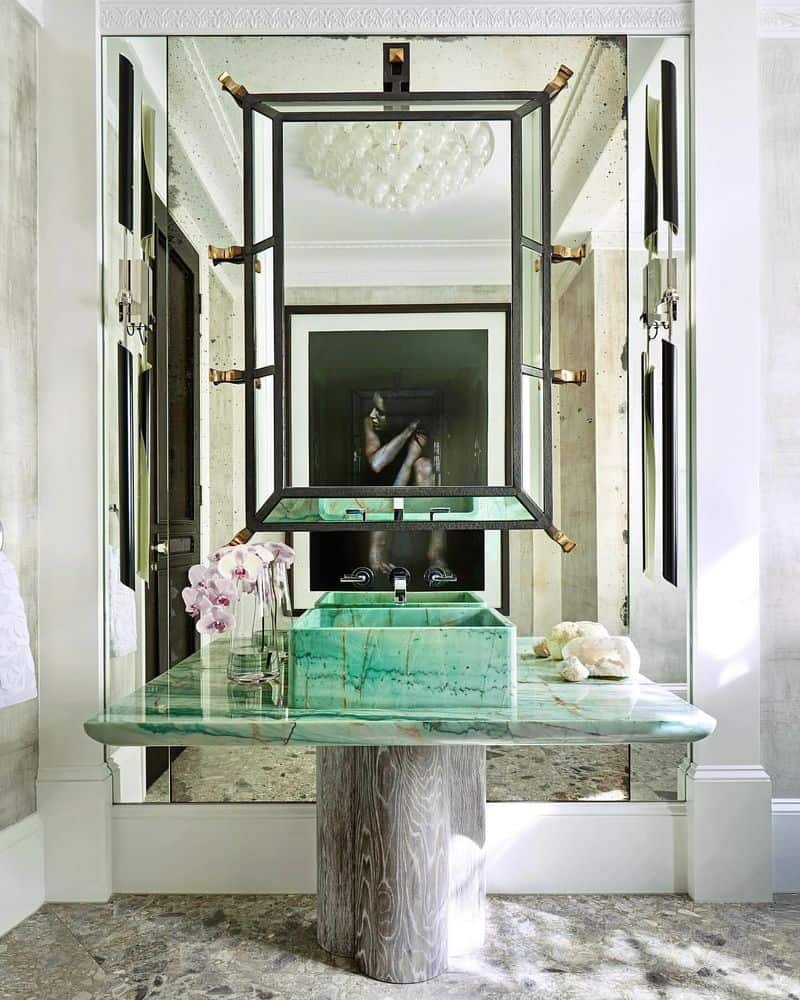
Mirrored walls can create an illusion of more space, but they also offer constant opportunities for self-admiration.
Reflecting every corner of the room, such walls allow a person to gaze at themselves from virtually any angle.
While some might argue mirrors enhance light and space, when overdone, it could be a sign of self-obsession. A more subtle use of mirrors can achieve elegance without seeming egotistical.
Opt for strategically placed mirrors that add depth without overwhelming the decor.
6. Luxury Car Models

While some collect model cars as a hobby, displaying only high-end luxury models might suggest a preoccupation with status.
The focus on luxury brands can indicate a desire to be associated with wealth and prestige.
To avoid this impression, consider diversifying the collection or integrating it into the decor more subtly.
This allows for a showcase of personal interests without overtly flaunting one’s taste for high-end brands, creating a more inviting atmosphere.
7. Excessive Gold Accents
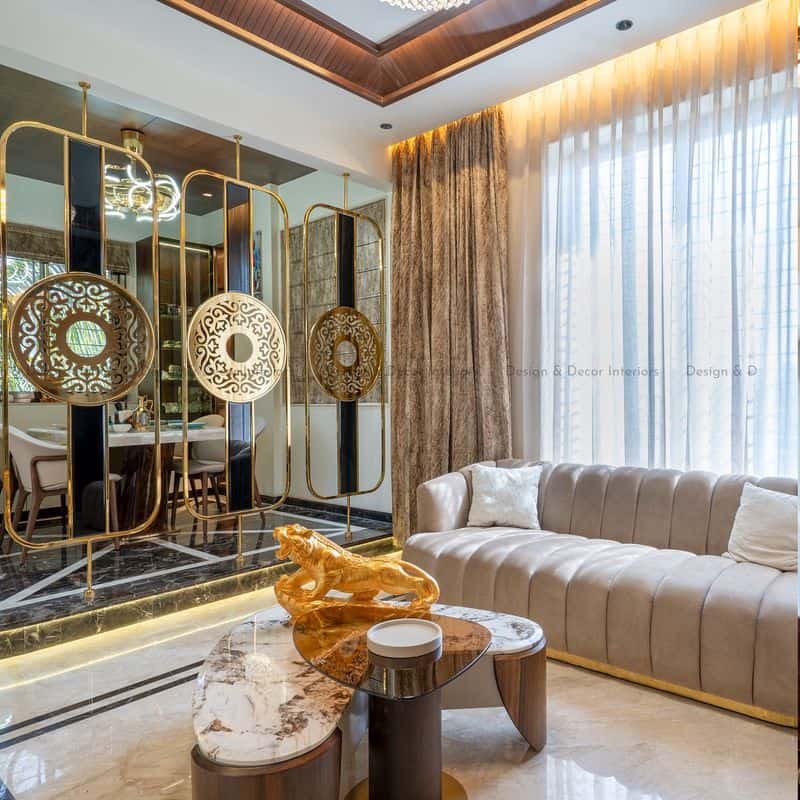
Gold accents can add a touch of luxury, but when every piece of furniture and decor shimmers with gold, it might suggest an inclination towards extravagance and self-indulgence.
The gleaming surfaces can reflect a desire to showcase wealth and status, often linked to narcissistic tendencies.
Instead of overpowering gold, consider mixing metallics for a balanced, modern look.
This approach offers sophistication without the overwhelming bling, ensuring the space feels inviting rather than intimidating.
8. Personal Awards Display
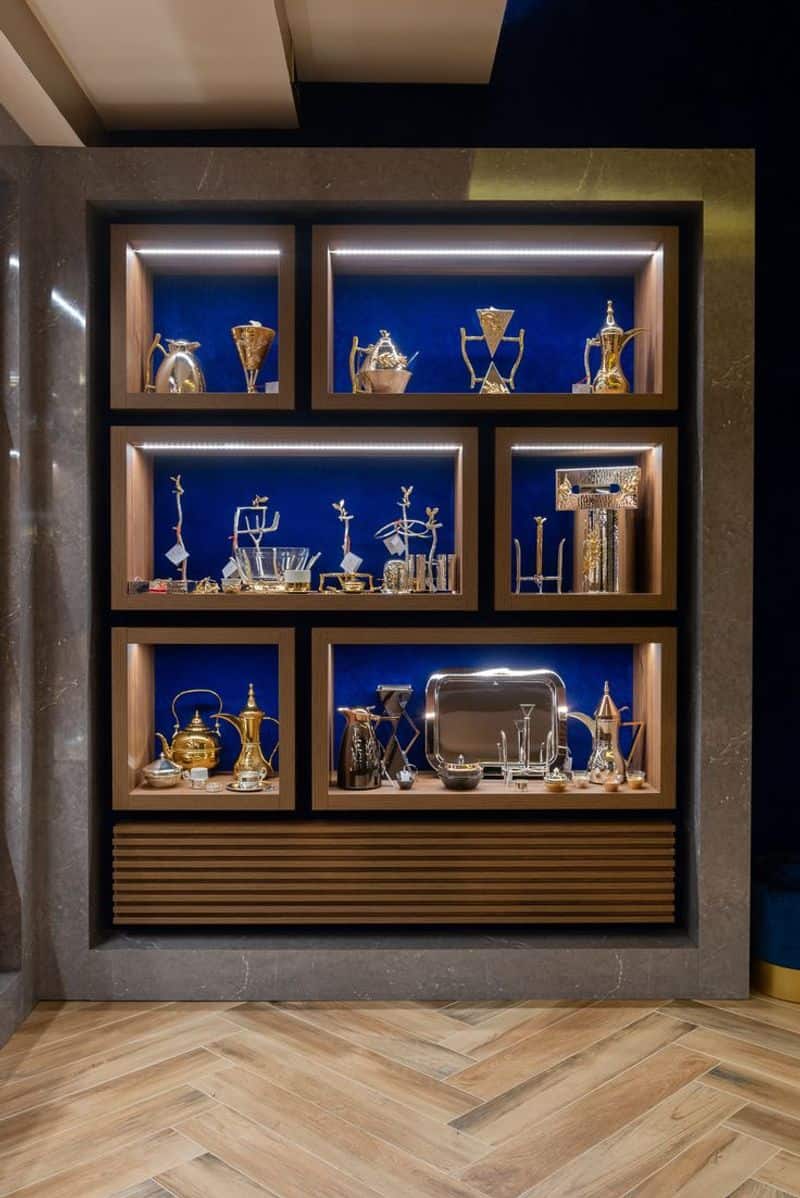
Showcasing achievements is common, but dedicating an entire room or wall to personal awards can come off as boastful.
While it’s important to celebrate successes, a more modest display can convey confidence without seeming self-absorbed.
Highlight a few key accomplishments instead of overwhelming guests with every accolade.
This approach allows the decor to reflect personal pride without overshadowing the rest of the home’s character, creating a balanced and welcoming atmosphere.
9. Self-Referential Decor
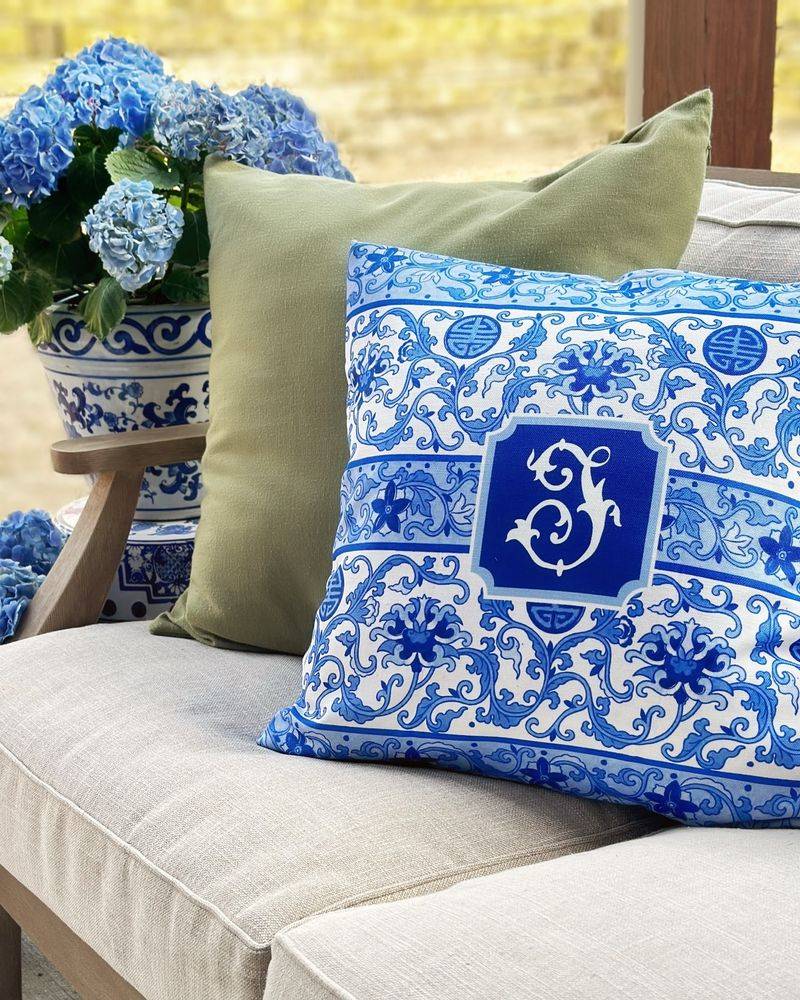
Decor that consistently references the homeowner, like cushions with initials or custom art featuring their name, may appear self-centered.
While personalization is key to making a space your own, overdoing it can seem egotistical. Incorporate items with subtle personal touches that blend with the overall design.
This ensures the decor feels unique and personal, yet remains inviting and engaging for guests, reflecting a balanced personal touch.
10. Name Engraved Items
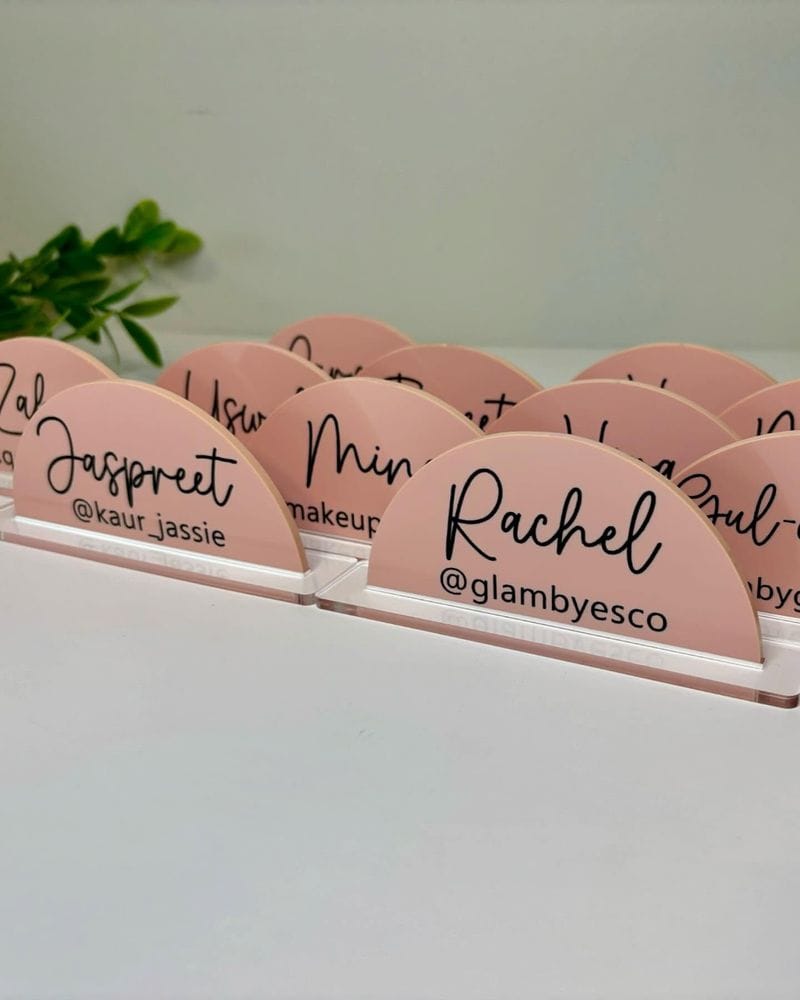
Personalized items, such as monogrammed towels or engraved silverware, can feel exclusive. However, an excess of name-engraved items might suggest vanity.
While it’s nice to have things marked as your own, when every item has your name, it may come across as overbearing.
Balance personal touches with neutral, high-quality items that speak to broader tastes.
This way, the decor feels personalized yet welcoming to guests, without overwhelming them with constant reminders of the host’s identity.

